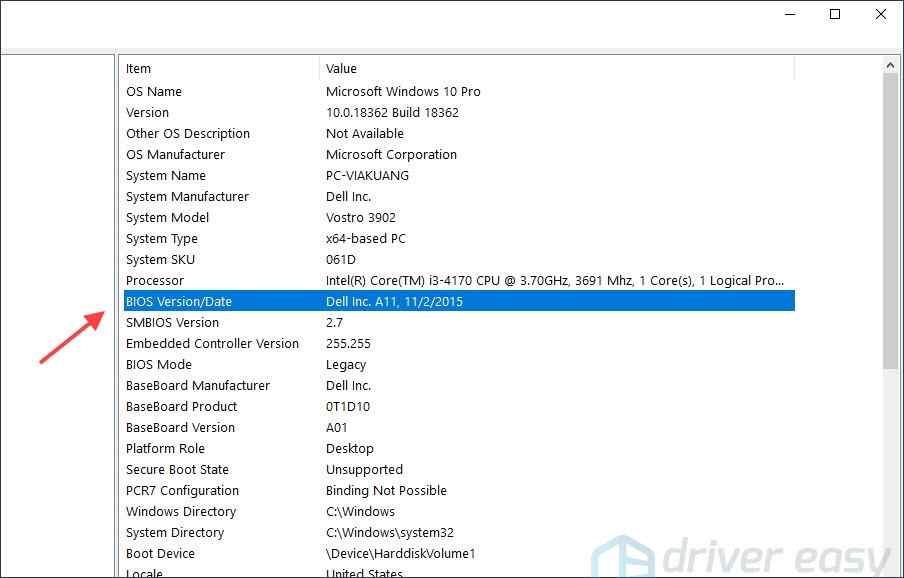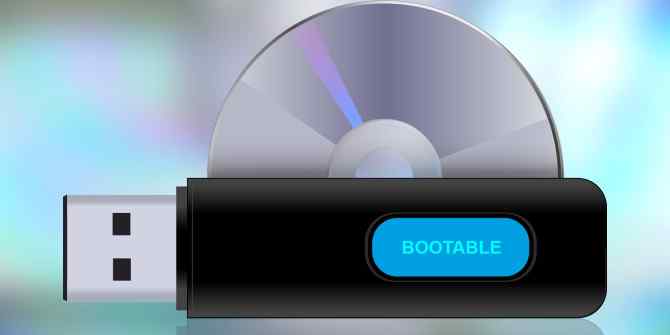Updating your bios is an important thing to do to maintain the health of your computer. All computers will eventually need a bios update, so it’s best to stay on top of updates. This article will go over what you can do to update your bios and when you should update them.
Bios updates are one of the most important things that you can do for your computer, even if they are not a priority. When updating the bios, you must have all of the proper tools and knowledge before starting. The article will cover what you need to successfully update your bios and when is the best time for an update.
Step 1 – Know What Basic Input/Output System Version You Have
It is a computer system’s basic input/output system. It starts up the computer and tells it what to do. There are many versions of the Basic I/O System, but we will focus on the most common ones.

The first step to figuring out which version of the basic I/O system you have is to open your computer’s case and look for a sticker on the motherboard telling you which version of the basic I/O system you have. If there is no sticker, then there should be a sticker on your CPU that tells you which version of the Basic I/O system it has.
Step 2 – Know Which Type of Computer You Have
This is the second step in choosing the best computer for gaming.

In this section, we will be discussing which type of computer you have and what the best computer model for gaming might be.
Step 3 – Download the Latest BIOS Version for Your Machine
The I/O system is the firmware that loads the operating system and manages hardware. The latest version of the I/O system can provide stability, security, and performance enhancements to your machine.

You can download a new version of the BIOS for your machine from HP’s website or get it from your PC manufacturer.
Step 4 – Create a Bootable Drive for Installation to update BIOS
With a USB drive, you can install Windows on your computer without having to use the CD or DVD.
To make a Windows 7 USB bootable, you will need a USB flash drive with at least 2 GB of storage space and a computer that can create bootable media.

The first thing you should do is download the Windows 7 ISO file; then use an application such as Rufus or UNetbootin to create the bootable drive.
Step 5 – Install New I/O via Bootable Drive-by Following
An I/O is software that is responsible for the system configuration and hardware control. It stands for Basic Input Output System. It is a firmware that starts up when the computer starts up and checks to see if there are any hardware changes or modifications. If there are; it will load the appropriate drivers for those changes or modifications.

In this section, you will learn how to install a new update via a bootable drive by following these steps:
1) Download the necessary files from your motherboard manufacturer’s website (typically found in their support section).
2) Format a USB drive to the FAT32 file system and copy all of the downloaded files onto it.
3) Boot from the USB drive and follow on-screen instructions to install the new update.
How do I update BIOS in Windows 10?

You will need to reboot and enter the bios because, for many motherboards, you can’t update from Windows 10. You need to search the menu; for options like ‘M Flash’, ‘Q Flash’, and ‘EZ Flash’. To select the file from your USB drive, follow the on-screen instructions.



